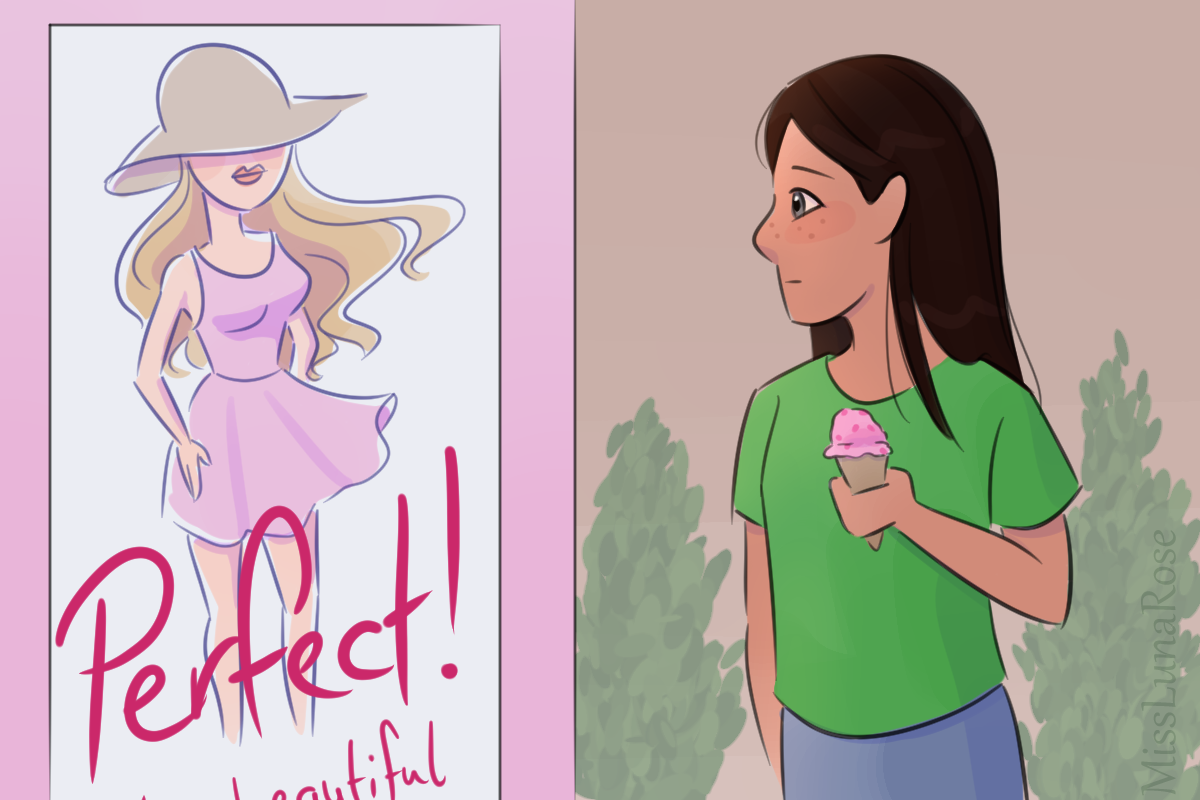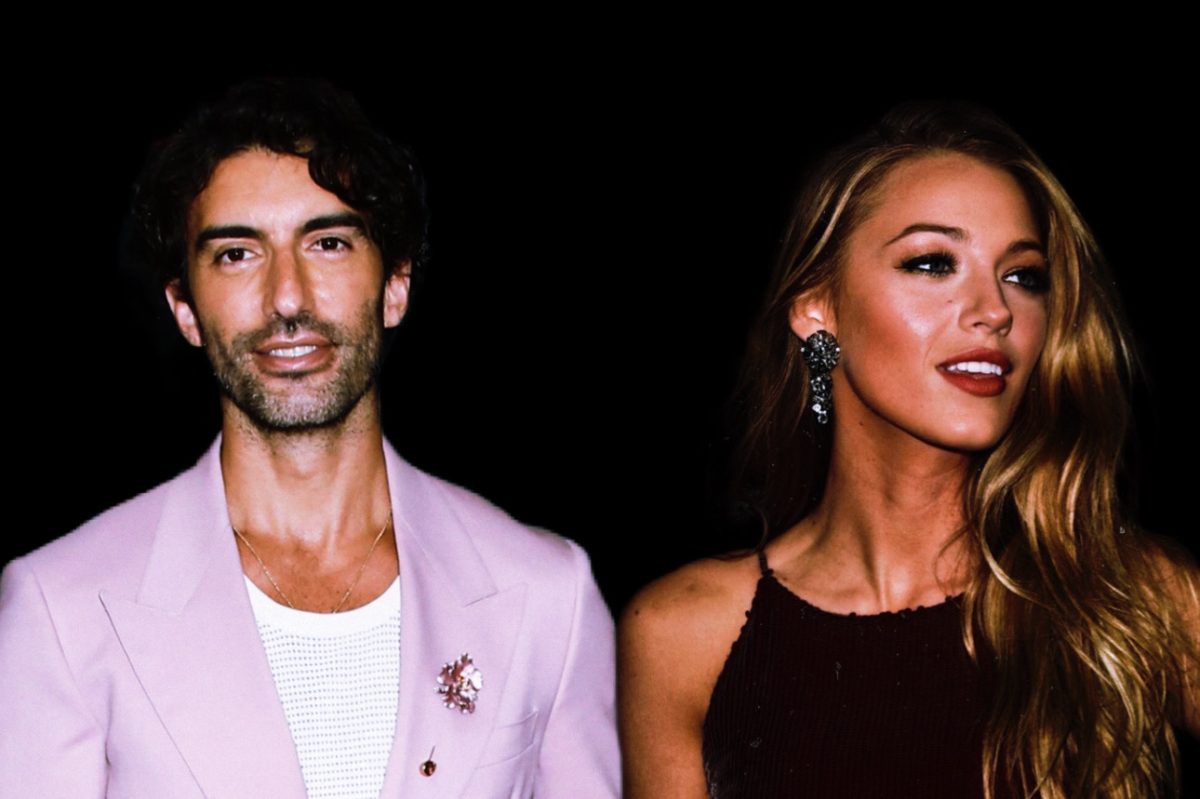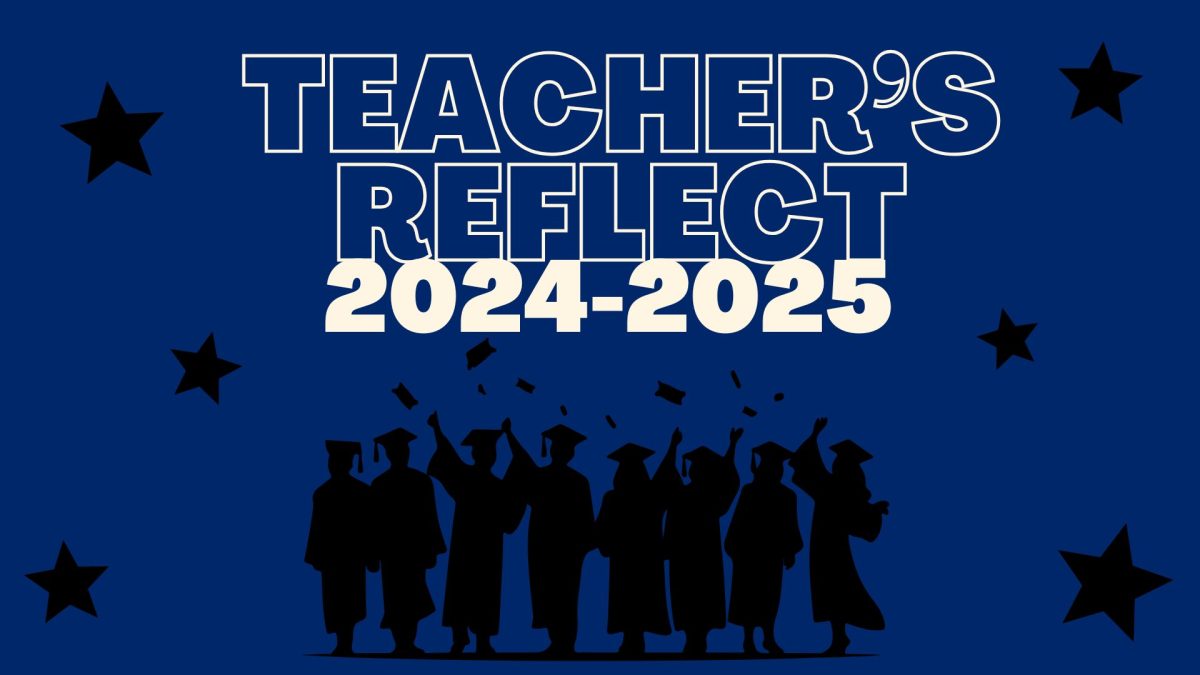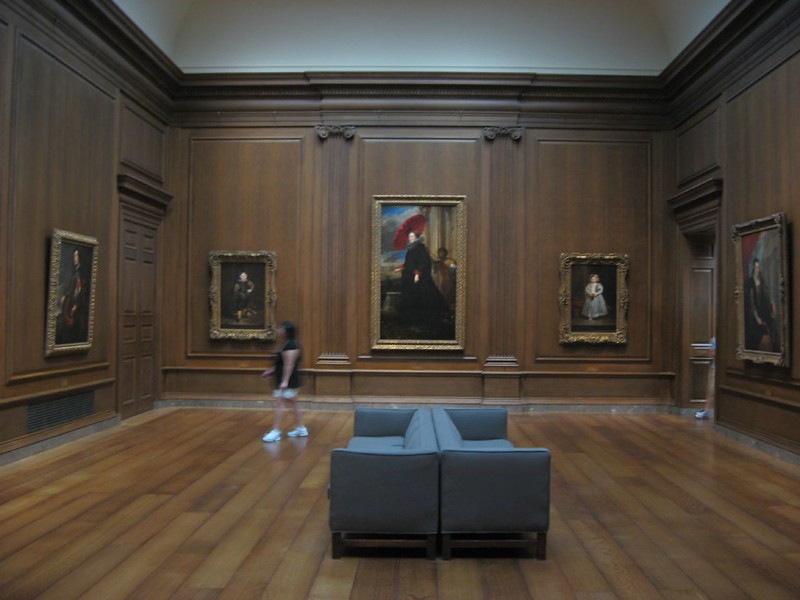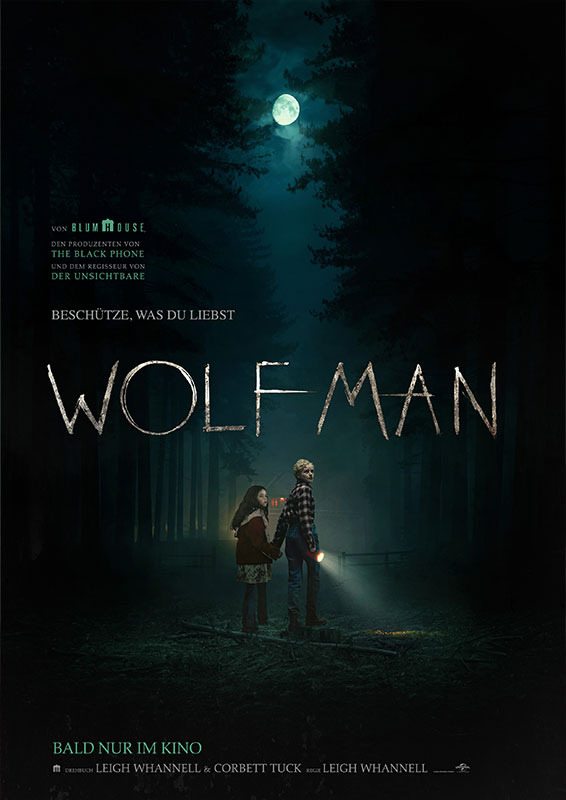Nobody likes to be misunderstood, yet we take the risk of it every time we express ourselves. When an artist releases their work, they aren’t just showing it to the public, but sharing it with them as well- and in such an advanced and equally confusing time as this one, it’s easy to misunderstand the things you see, even when the meaning lies right in front of you. With the rise in popularity of apps like TikTok and Instagram, it’s been easier for artists of all kinds (but especially musicians and traditional artists) to share their work with the public. With such a big audience, however, should artists be making the meaning behind their work more explicit?
One musician, under the name Saint Avengeline, has started to learn about the repercussions of sharing art as her new song, “Lilith,” has gone viral on TikTok. The song, which Saint Avengeline wrote in 2021, highlights her experience with sexual assault and abuse within a former relationship. Despite the complex meaning behind the song, it soon became a trending audio, often overlapping video edits or thirst traps. In response to this sudden popularity, the singer decided to clear up the meaning, telling viewers that they “don’t want to be the Lilith the song is referring to.” This clarification, however, was receptive to unexpected backlash.
One user commented “Who cares what you made the meaning out to be? People can change it up with wordplay for edits. Cry about it or be silent.” Many others reacted with similar insensitivity, completely disregarding the true meaning behind the song. This is unfortunately common when it comes to art, especially music- if the audience doesn’t like the meaning of something, they’ll try to change it or even disregard it completely. This isn’t just a problem for musicians, but for artists of all kinds, including painters and writers.
A similar example of this comes from the classic novel “Lolita.” The novel, written and published by Vladimir Nabokov in 1955, focuses on a young girl who runs away with an older man, quickly forming a strong relationship. With the publication of his controversial novel, Nabokov made 2 things clear: Lolita is not a romance, and it should never be portrayed anywhere but on paper. Despite his wishes, the novel was adapted into 2 films, one in 1962 and one in 1997 (not to mention the numerous other film adaptations that had less popularity.) Not only this, but people have gone as far as to romanticize the relationship between the characters in Lolita, despite Nabokov’s intentions behind the novel as a disclaimer against pedophilia.
So, what does this say about the interpretation of art? Given that artists are constantly disregarded when they explain the meaning of their work, there shouldn’t be any obligation for them to do so. While it can help some people understand their work better, oftentimes viewers will still interpret art in their own way, despite the clear meaning behind it. Ultimately, it’s up to the artists themselves to decide whether or not they want to share the meaning behind a piece.












